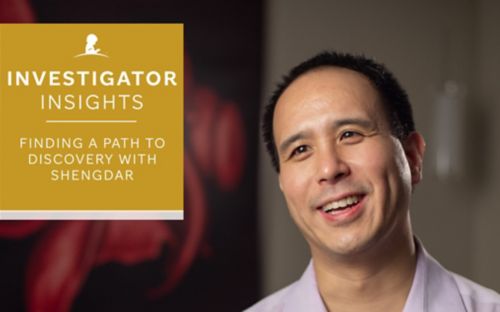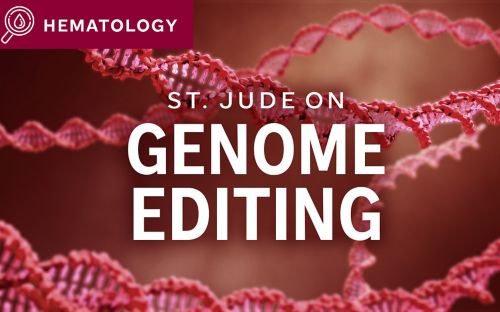St. Jude Family of Websites
Explore our cutting edge research, world-class patient care, career opportunities and more.
St. Jude Children's Research Hospital Home

- Fundraising
St. Jude Family of Websites
Explore our cutting edge research, world-class patient care, career opportunities and more.
St. Jude Children's Research Hospital Home

- Fundraising
About the Tsai Lab
Genome editing technologies have great potential for biomedical research and therapeutic applications. Our laboratory research centers on: understanding the safety of genome editors including unintended off-target activity and immunogenicity, protein engineering to improve properties of CRISPR-Cas genome editors, and developing therapeutic genome editing of human hematopoietic stem cells to treat diseases like sickle cell anemia.
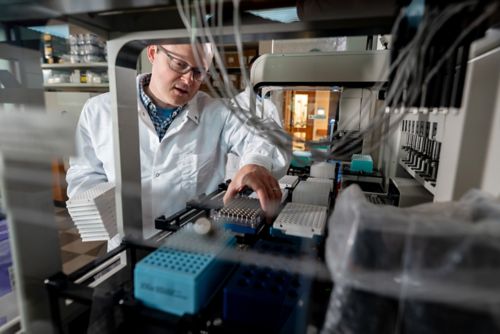
Our research summary
The research in our laboratory aims to advance genome editing techniques and technologies and use those approaches to treat human genetic diseases. Our highly collaborative research program focuses on developing fundamental genome editing technologies, addresses the safety of genome editing, and translates editing of hematopoietic stems cells as a possible treatment for sickle cell disease.
Specifically, our laboratory is working on protein engineering to improve the properties of CRISPR/Cas9 genome editors, including the overall activities of the editors and the specificity and precision of potential edits. Our work on fundamental genome editing technologies explores strategies for expanding the targeting range of gene editing while maintaining the activity of the editors in order to precisely change disease-causing mutations of interest.
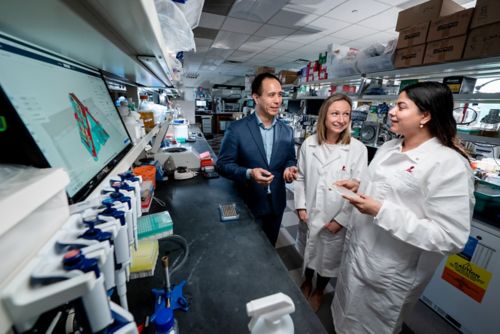
As we explore technological advances to genome editors, our laboratory is simultaneously studying the safety of genome editing, particularly unintended off-target effects. As part of the NIH Somatic Cell Genome Editing Program, we are investigating the biological consequences of intended and unintended genome editing activities.
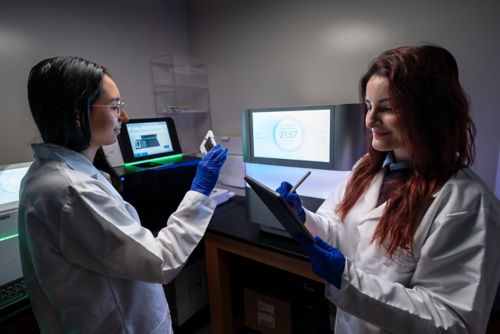
Our laboratory also has a translational line of research that focuses on editing hematopoietic stems cells in order to introduce fetal hemoglobin to treat patients with sickle cell disease. This work involves disruption of a repressor-binding site in human hematopoietic stems cells. By doing so, we can achieve about a 30% induction of fetal hemoglobin in the erythroid progeny of editing human HSCs mobilized from patients with sickle cell disease. This level of fetal hemoglobin is predicted to be sufficient to achieve therapeutic impact. We are collaborating with other investigators and teams at St. Jude, in part through the St. Jude Collaborative Research Consortium for Sickle Cell Disease (CRC-SCD), to advance this approach to a clinical trial.
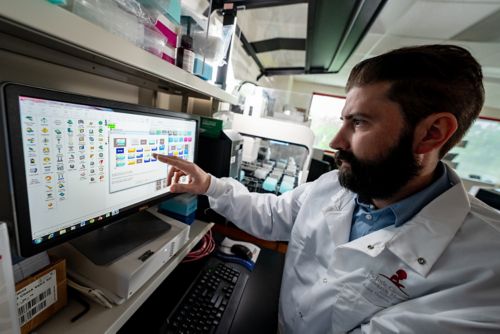
Learn more
Finding a path to discovery with Shengdar Tsai, PhD
Learn how Shengdar Q. Tsai, PhD, searches for new paths and discoveries in genome editing.
Shifting the PARADIGM towards individualized gene editing therapies
Learn more about the new PARADIGM in curing genetic bone marrow failure syndromes.
Selected Publications
Contact us
Shengdar Q. Tsai, PhD
Experimental Hematology
MS355
St. Jude Children’s Research Hospital

Memphis, TN, 38105-3678 USA GET DIRECTIONS
